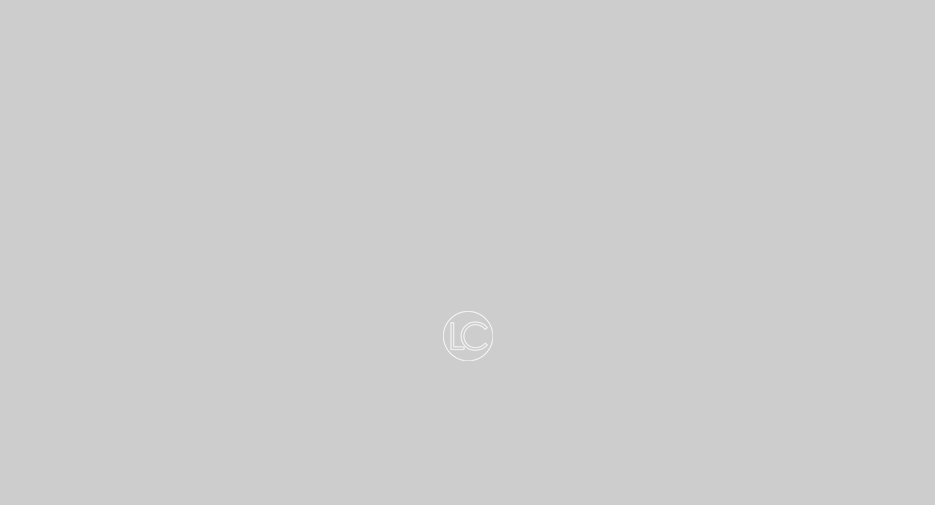
I will admit that I am somewhat “under-studied” in French wines. The problem is, for as much as great wine as Chile produces, that is all we get here. Hence, a wine knowledge deficit is inevitably created.
To combat this void, I decided to go to France for Vinexpo in Bordeaux this past June to bone up on the material. It was far from a crash course in French wines, it was a total overload of information and stimulation. After 5 days at Vinexpo, I was totally overwhelmed by the shear breadth of the A.O.C. and amount of wines, and my palate felt like it has run a marathon.
For once in my life, I decided to accept I was lost and needed help so I let my French friends pick le vin, sat back, sipped, relaxed, and nodded with approval. This strategy worked brilliantly—until of course, I was left alone the day before leaving Paris. I had bought a couple “interesting wines in Bordeaux but I wanted to fill my carry-on to capacity—I had 7 wines to go. I was not going back to Chile until I had a full case.
Pressed for time, I had to fit my wine shopping into a 2-hour window. Since I was staying that particular day with friends near the Port D’Orleans metro in suburban Paris, I decided it was too far to make the trek to some specialty shops I knew in the 7th or 3rd arrondissements. I would just have to suffice with what the closest supermarket had stocked. A total gamble, I know.
To improve my odds of scoring, I decided to establish some sort of buying strategy as I walked to the store. I was not looking for grand crus, but drinkable wines that average people in France drink on a weekly (or daily) basis. That would be easy, right? Make an educated guess based on some Chateau I had heard of, the region, and of course, if the label “talked” to me or not. The store was akin to the French version of Walmart with the wines section occupying 10% of the whole floor space, or about 8 full aisles of wine. With the clock ticking, I tried not to freak out. Focus, focus!
I first did a quick pass by to get a sense of how they organized their wines. This particular store had cleverly arranged everything by variety (whites, reds, rosés, champagne, dessert and fortified wines) and then subdivided them into regions. Since I was basically looking for a needle in the haystack, but no idea where or what the needle was, I decided to buy from all the different wine regions which focused on the reds that potentially interested me: Burgundy, Bordeaux, Rhone, Languedoc, Beaujolais. I was equally clueless as to what the average breaking point was for an average “okay” wine (in Chile it seems to hover around the US$10-12 mark).
To error on the safe side, I decided to buy in the same range, but in euros. From there, I flat out guessed based on the label. At one point as I filled up my cart (now with a wine shopper’s high), I felt like I was picking wisely chosen lottery tickets. So did I find any winning numbers? The results have been surprisingly decent, given the calculated gambling theory I applied. The first bottle we tried was in the presence of one of my good friends, a talented winemaker here in Chile.
We were going to cook pumpkin risotto together so I chimed in that I would bring a bottle of the mystery Bordeaux blend I had bought. On the way over in the car, I started to doubt my own enthusiasm in sharing this wine with him (super refined palate), and then began playing out all the worst case scenarios in my head, which all basically reduced to the wine being a vinegar with sandpaper tannins. I prayed harder.
My friend, who had lived in France for many years, had never heard of Chateau Bertrand, but he was quick to add that nobody could possibly keep track of all the chateaux. Nice try to calm my nerves; didn’t work. To keep me on pins and needles a little longer, he made a show decanting it. I can only say that when I brought the glass to my nose, not only was the smell okay (no apparent defects), it actually had a decent nose. I was slightly relieved. It was a dark, concentrated wine made from a blend of Carignan, Grenache, Syrah, and Mouvedre grapes. It had a toasty woodiness that reminded me of autumn (went well with the risotto) and the red berry fruit was quite balanced.
The (winemaker’s) conclusion? Decent now; probably better a couple years from now. Live and learn, considering how I bought it.
Recently, I opened a bottle no. 2, a Beaujolais. I was totally unfamiliar with the Gamay grape other than it was a cousin of Pinot Noir and I knew I had to drink it cold, between 10 and 12 C. I had heard people rave about this wine in the summertime and its crispness and slinky body, even though it was a red wine. With summer approaching in Chile, I was in the mood for a light wine but not white and I was not willing to touch the Pinot Noir I brought back (yet). The occasion seemed perfect. The Beaujolais cru I bought, from Beaujolais-Villages, was from Honoré Lavigne, the Cuvée Spéciale. The wine was earthy and had a silky body style with easy-to-swallow in addition to mouthwatering berry fruit. Very simple but totally drinkable (as I write this post, I am killing the rest of the bottle).
Lesson learned? Just goes to show that sometimes a shot in the dark can hit a target, when a miniscule ounce of logic is applied. And yes, now I do know how to read a French wine label.












